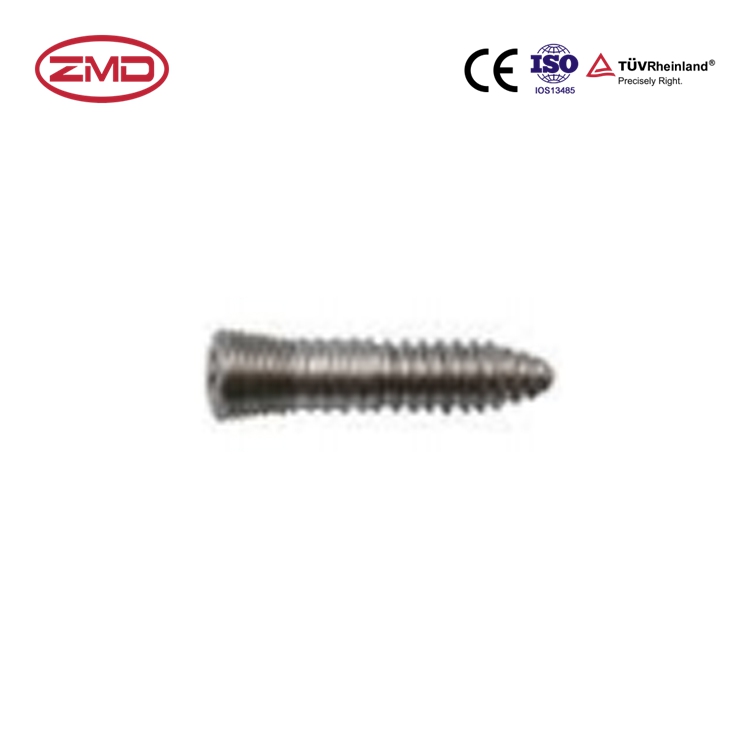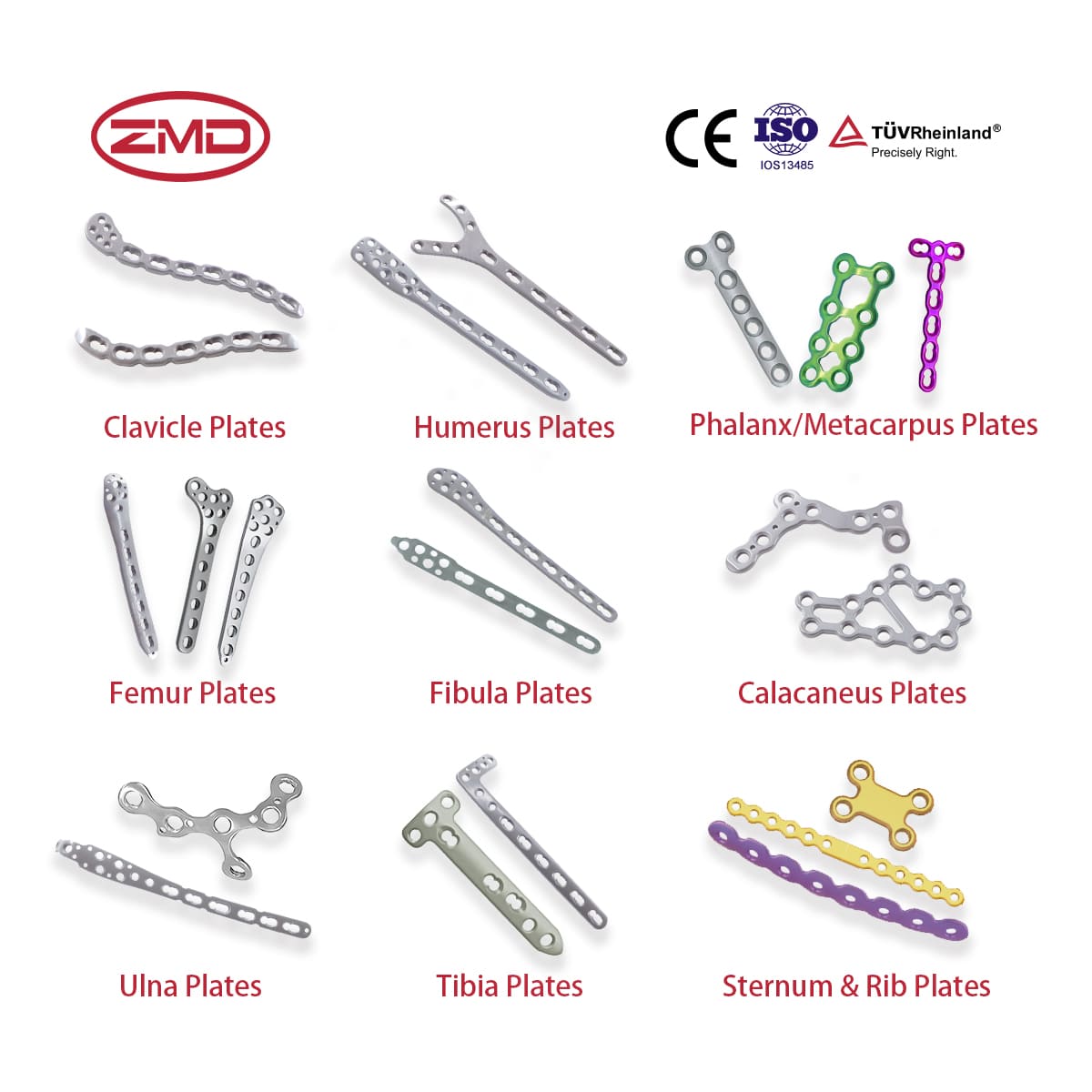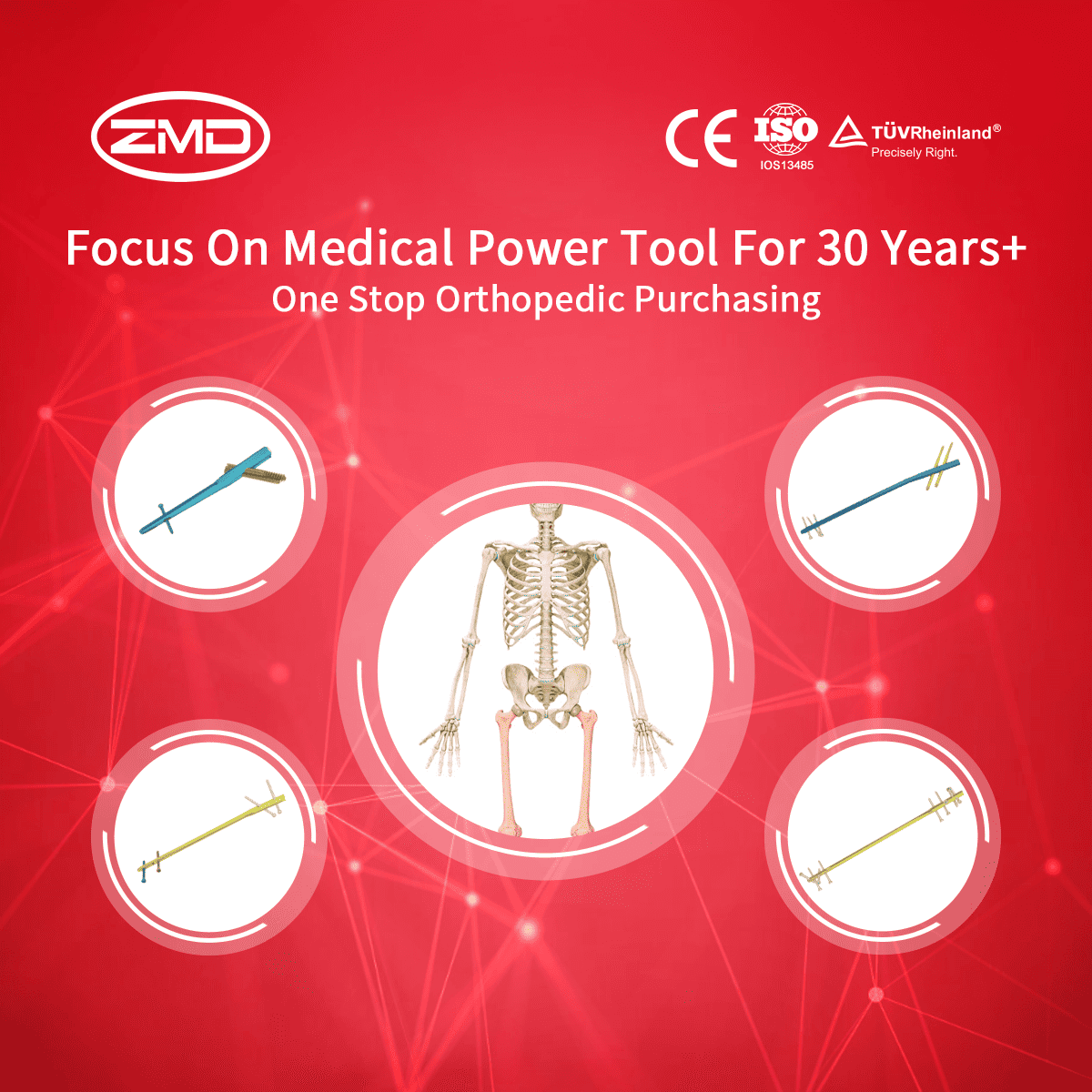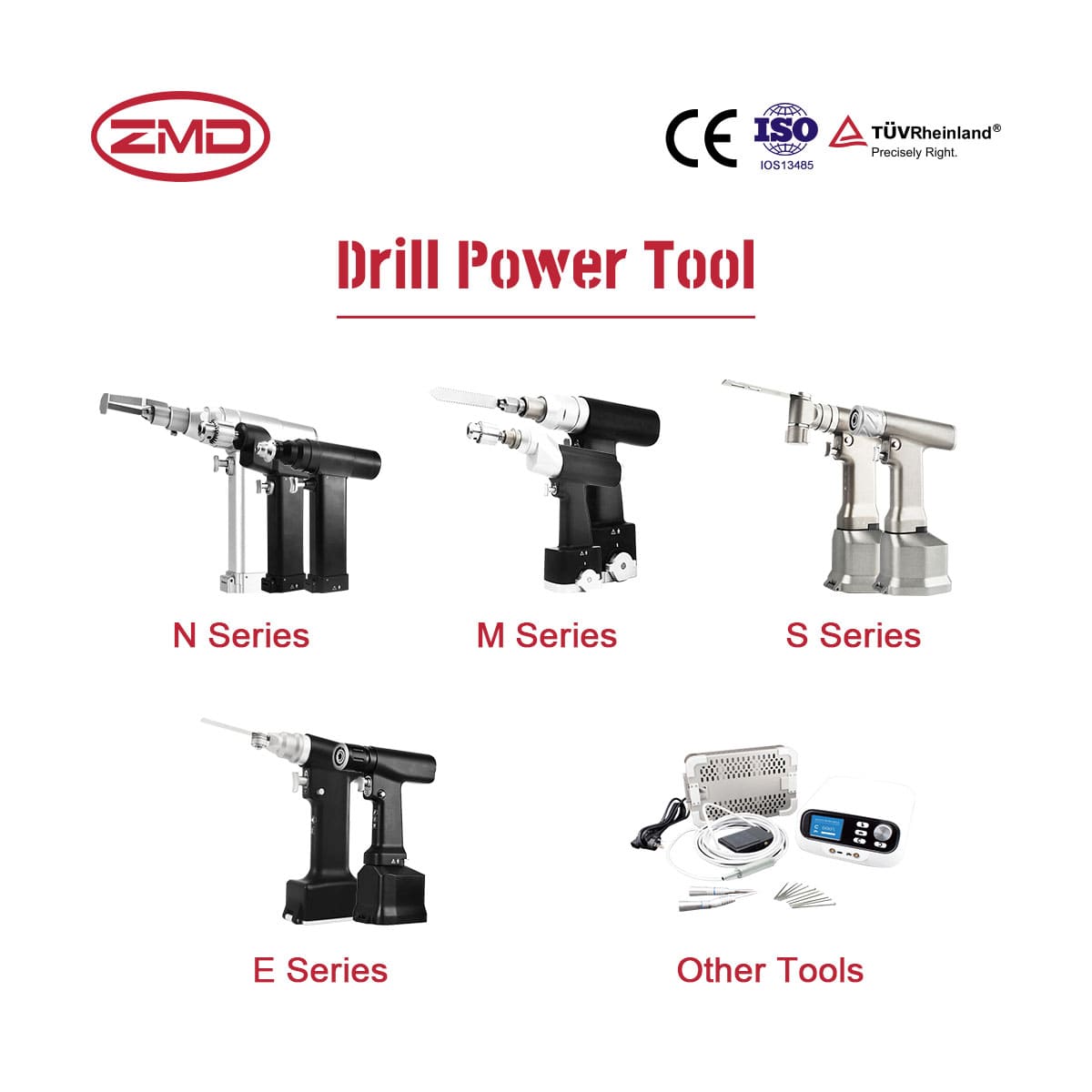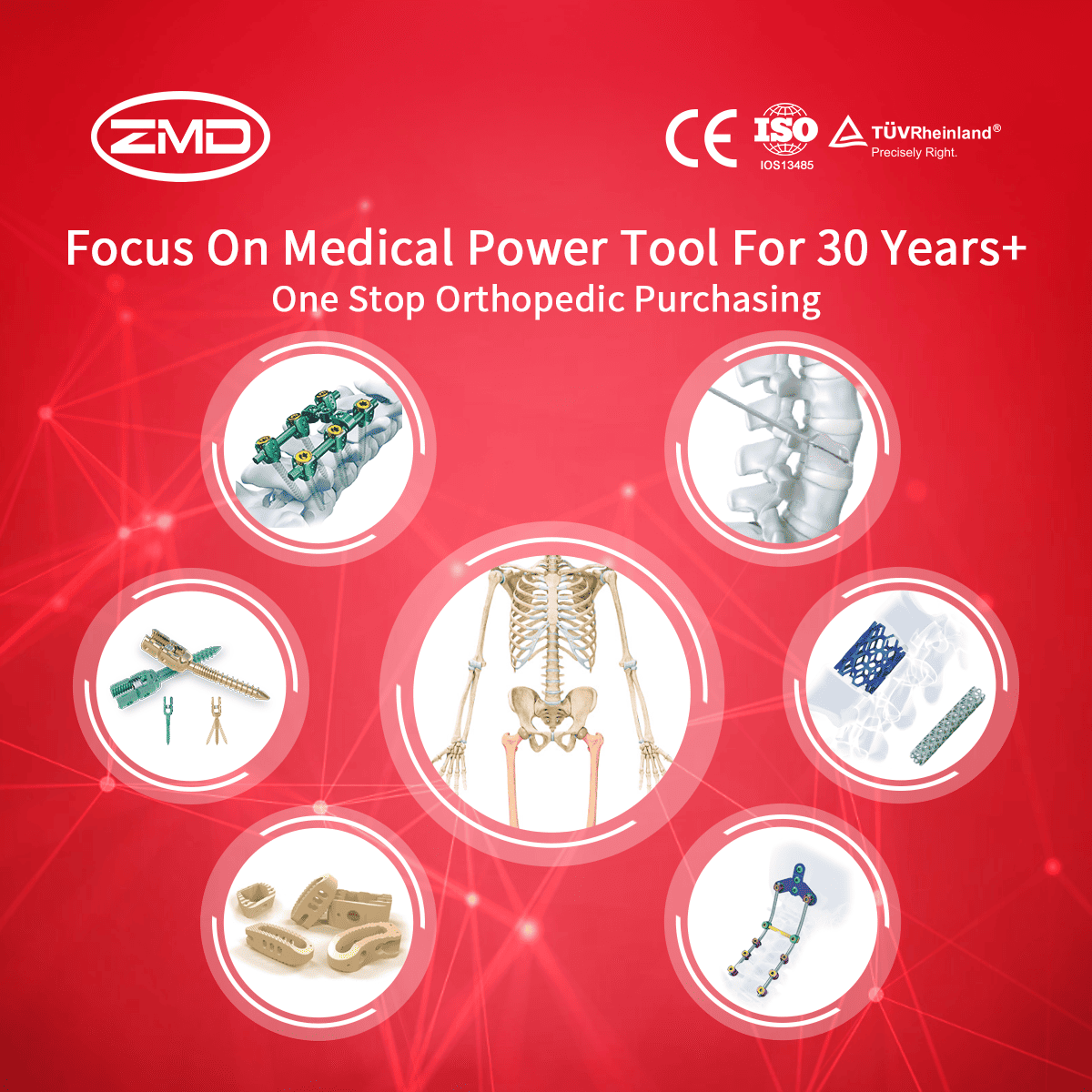Lumbar Vertebra Fusion Cage
ZMD
Orthopedic Products
Haven't been able to locate the product you're searching for yet?
If you're interested in more orthopaedic implant products, feel free to get in touch with our ZMD consultants.
What is a Lumbar Vertebra Fusion Cage?
The Lumbar Vertebra Fusion Cage is an essential medical device in spinal surgeries. It focuses on enhancing the healing and stabilization of vertebrae in the lumbar spine that are either fractured or have degenerated. Commonly, it is inserted between two vertebrae. By doing so, it forms a space conducive to bone growth. As the bone grows, it leads to the fusion of the vertebrae. This fusion results in a spinal column that is more stable, reducing pain and improving the overall function and quality of life for patients dealing with lumbar spine issues.
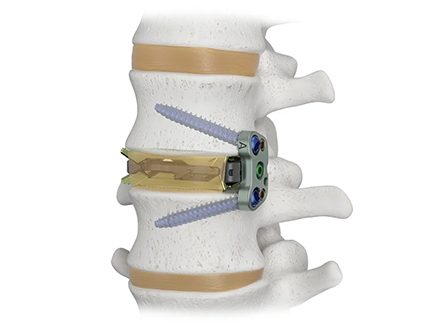
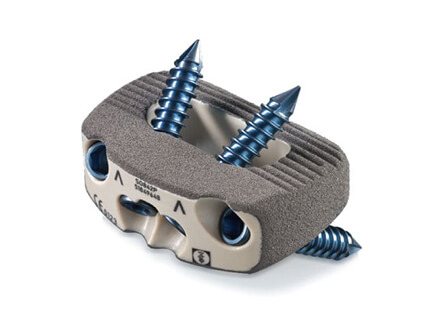
How does a Lumbar Vertebra Fusion Cage work?
A Lumbar Vertebra Fusion Cage is a crucial medical device in spinal treatment. It plays a significant role in stabilizing the spine through the process of fusing two or more vertebrae. Once implanted, it effectively forms a space between the vertebrae. This space serves as a conducive environment that stimulates the growth of new bone. As the new bone develops and fills the space, it leads to a solid fusion of the vertebrae, thereby enhancing the stability of the spine and potentially alleviating pain and improving mobility for patients with spinal issues.
Here's a breakdown of how it works:
Blog
International Women’s Day: Salute to the “She – Power” at ZMD
International Women’s Day: Salute to the “She – Power” at ZMD Amid the trends of “Intelligent Medical Devices” and “Minimally Invasive Medical Technologies”, ZMD thrives
Discover Innovation with Sunan Medical at AAOS
Discover Innovation with Sunan Medical at AAOS The American Academy of Orthopaedic Surgeons (AAOS) Annual Meeting is the premier event for orthopedic professionals worldwide, offering
Visit Us at Expomed Eurasia 2025: Discover Sunan Medical’s Innovations
Visit Us at Expomed Eurasia 2025: Discover Sunan Medical’s Innovations The 32nd Expomed Eurasia, taking place from April 24-26, 2025, at the Tüyap Exhibition and


